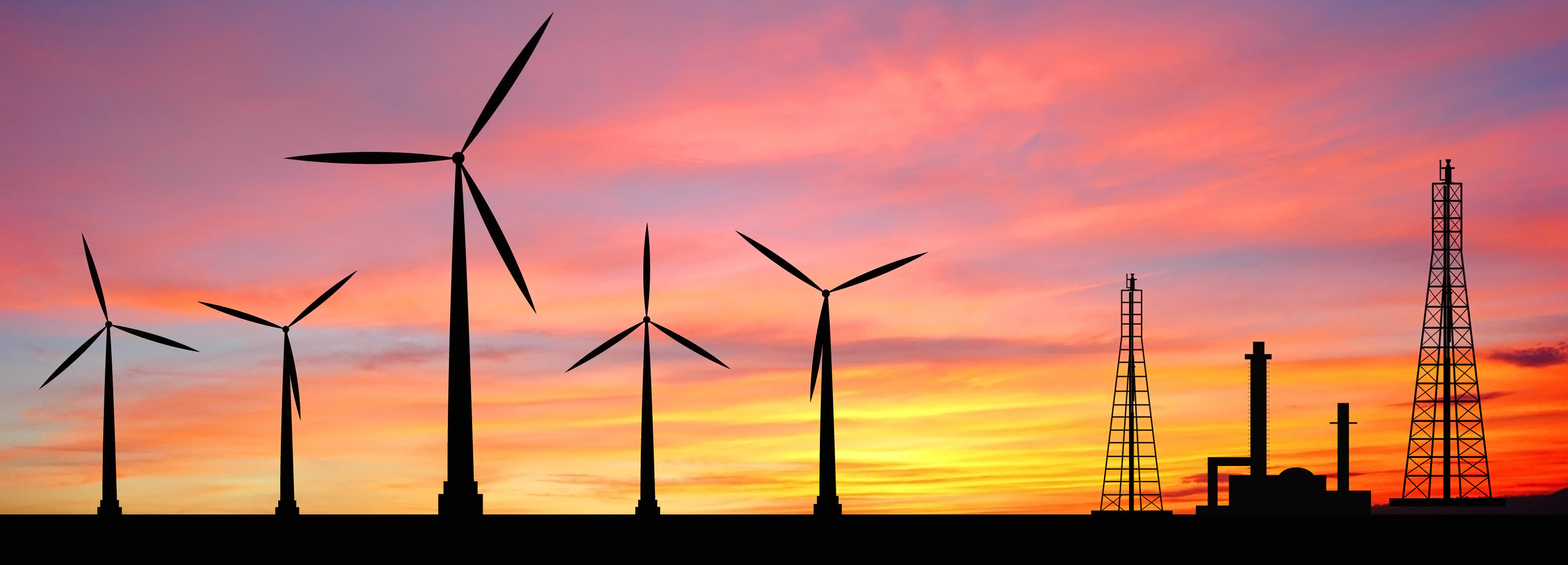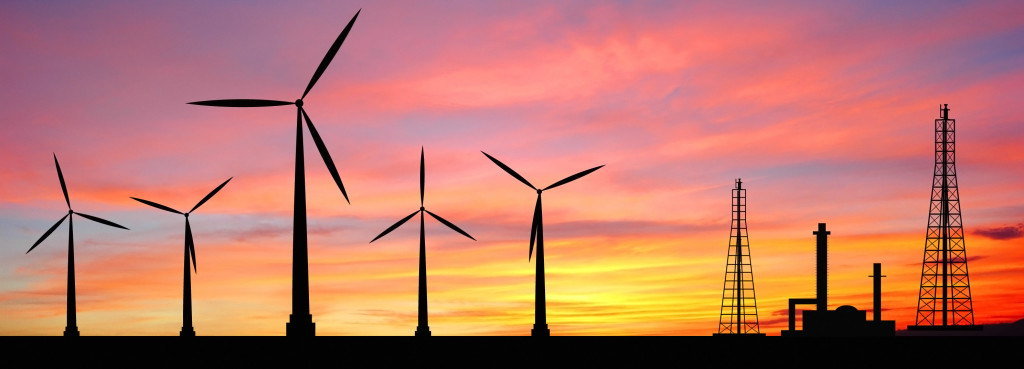In today’s talking points: SolarQ plans 350MW solar farm with storage in southeast Queensland; Price of Australian Iron Ore Falls; China to spend $US750 billion on wind and solar energy by 2030; Chinese buyers line up for sale of wind farm
SolarQ plans 350MW solar farm with storage in southeast Queensland
A newly-formed solar development company is seeking approval from Queensland’s Gympie regional council for what it says will be Australia’s biggest solar farm, in yet another sign of the snowballing interest in large scale solar PV – and in storage. The proposal for the Lower Wonga solar farm from SolarQ – comprising a couple of executives who have spent most of their time in the coal and gas industry – was first flagged last year, but has got more coverage in the 24 hours after it was revealed they had submitted a council application. The project sounds hugely ambitious – 350MW in the first stage, a potential total of 800MW over several stages, and a significant amount of battery storage (up to 4,000MWh). The company is saying that at full capacity it is enough to supply 15 per cent of the electricity needs of the south-east corner of Queensland. Still, there are some 2,000MW of solar projects in Queensland at advanced stages of development and construction, there is more than 1,000MW in the pipeline in South Australia, including 220MW under construction, and Transgrid has reported 6,000MW of solar proposals in NSW alone.
Read more at Renew economy
Price of Australian Iron Ore Falls
The price of iron ore in Australia has decreased by more than 30% since its peak in February 2017 in accordance with the analyst forecasts that continue to predict a tumbling iron ore price, which has newly reached 5 month lows. This is set to put significant pressure on the Government’s Federal Budget, which is to be released in May 2017, as a fall of $US10 per tonne in the iron ore price reduces government revenue by $4 billion per annum. Fortescue Metal’s Nev Power says that despite short-term volatility in the iron ore price, “it will come back to where you would expect it to be off the supply curve.” For smaller miners, however, the falling iron ore price has had grave impacts on half-yearly profits.
Read more at ABC News
China to spend $US750 billion on wind and solar energy by 2030
China’s wind and solar industry is projected to expand fivefold by 2030, displacing fossil energy sources by the equivalent of 300 million tonnes of standard coal and saving enough water for the needs of 200 million people, according to a new report. But China’s energy transition is already well underway. Coal consumption has fallen for three years running, and the share of non-fossil energies rose to 13% last year. There are several factors fuelling this historic shift. In 2015, wind and solar PV power generation contributed RMB 0.31 trillion to the national GDP. In China, off-grid solar has been shown to be the most economical way to address energy poverty —and the country’s experience offers a model of how this is possible worldwide. China’s wind and solar PV industries created direct job opportunities for roughly. This means that by 2030, China’s wind and solar PV industries will provide employment to an estimated 7.7 million people — for comparison, Ireland’s population is less than 5 million. Replacing dirty coal power with emissions-free renewable energy brings huge financial gains. Because China’s coal-fired power plants both consume massive amounts of water and are concentrated in water-scarce areas, they present a particular threat to the country’s arid northern provinces.
Read more at Renew Economy
Chinese buyers line up for sale of wind farm
The Foreign Investment Review Board’s workload is showing no signs of easing, with two major Chinese buyers emerging in the top three bidders for Origin Energy’s Stockyard Hill wind farm sale. China Goldwind, Macquarie Infrastructure and Real Assets and the Chinese-owned Pacific Hydro are understood to have lodged offers for the sale, which has been under way for more than a year. The sale could be one of the first tests for incoming FIRB chairman David Irvine, the former head of ASIO as the investment regulator takes greater scrutiny of international bids, especially from China. The strong Chinese interest in Stockyard Hill, reported recently in an online trade journal, comes as China steps up its wind power investment as part of its strategy to cap greenhouse emissions by 2030. China’s National Energy Administration reported earlier this year the country’s government would invest $US100 billion ($132bn) in wind power over the next four years. China State Power, which owns Pacific Hydro, last year paid $300m for the Taralga Wind Farm in NSW.
Read more at The Australian


